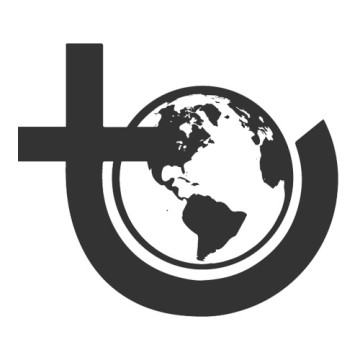The Oil of The 21st Century: Extraction and Refining

Nicknamed "the oil of the 21st century," lithium is a key element in the production of batteries for electric cars, which are expected to save our exhausted planet from climate change. However, the extraction and refining processes are energy-intensive and consume large amounts of water. This metal is prone to explosion when it comes into contact with water and air. A water-salt mixture within rocks and brines hosts this highly reactive metal.
Lithium production is possible from two sources: the exploitation of lithium-rich rock deposits containing lithium silicoaluminates, or the exploitation of brines from partially dried salt lakes, known as "salars," primarily found in the Altiplano of the Andes and in Tibet. The European EuGeLi project, completed in December 2021, also achieved the first production of lithium carbonate from European geothermal waters.
Pools in the Desert
In the salt deserts of Argentina, Bolivia, and Chile, which host the world's largest lithium deposits, the metal is found in brine, a mixture of water and salts.

The evaporation of brine and the extraction of lithium-rich rocks are two methods of accessing this valuable material. Lithium extraction poses a threat to countries with arid climates, such as Bolivia:
Direct Extraction
To reduce its environmental footprint, lithium production is being developed under the name "direct extraction" through several techniques. Among these, one technique involves using processes that extract the metal from the brine "like a magnet," which would prevent "potential contamination and high water consumption," according to a 2021 study by the U.S. Department of Energy's National Renewable Energy Laboratory.

Rock extraction is practiced in Australia, the world's leading producer. They export a rock that has undergone minimal chemical treatment to obtain a product containing 6% lithium, which is exported almost entirely to China. In Argentina and Chile, lithium is directly exported in the form of lithium carbonate, and in the case of Chile, there is even a small production of lithium hydroxide.
Lithium carbonate commands a much higher price. Its degree of refinement is increasingly sophisticated as the technical specifications set by automotive companies or battery cell manufacturers become more precise. This product therefore has a much higher export price than the product exported by Australia. Nevertheless, producing batteries is quite complex. Even Europe has had difficulty developing production plants.
Other Extraction Methods
In the Franco-German region of the Upper Rhine Valley, thermal water has been used for years to produce heat and electricity. The startup Vulcan Energy now aims to extract lithium from this mineral-rich water.

Using geothermal energy, the German company Vulcan Energy hopes to extract lithium in a carbon-neutral manner.
The final product of lithium extraction technology from brine and minerals is most often lithium carbonate. Other commercial lithium-based products include:
- Lithium Hydroxide (LiOH): Most commonly used to produce lithium salts
- Lithium Chloride (LiCl): Mainly used for the production of lithium metal
- Lithium Bromide (LiBr): Most commonly used in air conditioning systems as a desiccant
- Butyllithium (C4H9Li): Mainly used as a strong base in organic chemistry
- Pure Lithium Metal: Often used in rechargeable batteries for devices such as phones or laptops
Where Are the Rich Deposits of This Future Oil in France?
According to a study published by the French Bureau de Recherches Géologiques et Minières-BRGM, France has mining potential superior to 200,000 tonnes of lithium metal due to deposits of this mineral in Massif Central or in the geothermal brines in Alsace.
EuGeLi, a project launched in 2019, has an estimated annual production capacity of 1,500 tons of lithium carbonate, representing about 10% of France's demand in 2022. The project is a collaborative research effort supported or advised by companies such as BASF, PSA Group (Citroën, Opel, Peugeot), Electricité de Strasbourg-Geothermie, and EDF (the world's second-largest electricity company) and partially funded by EIT RawMaterials, the leader of the European Raw Materials Alliance.


How to Extract Lithium in France?
The Imerys Group made headlines in late October 2022 by announcing a project at its kaolin mine in Echassières in the Allier region. The Beauvoir site is the largest in France according to the BRGM, far ahead of the Tréguennec site (Finistère), which is located in a protected area. The scale is several million tons with a concentration of 0.9 to 1% lithium oxide.
The Vulcan Group also announced its intention to install in France a technology it is already deploying in Germany in the Rhine Valley. The plan involves drilling 2,500 - 3,000 meters deep to extract a brine with a lithium concentration of up to 214 mg per liter.
The extraction of lithium mica could begin as early as 2028, and its conversion into lithium hydroxide would allow for a production of 34,000 tons per year, for at least 25 years. Imerys aims to leverage this already-exploited site to facilitate project acceptance, while adhering to stringent global standards (IRMA).
If you would like to write about lithium, feel free to send us your article via private message on X or email us at [email protected].

